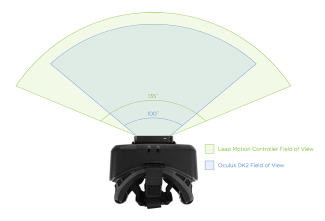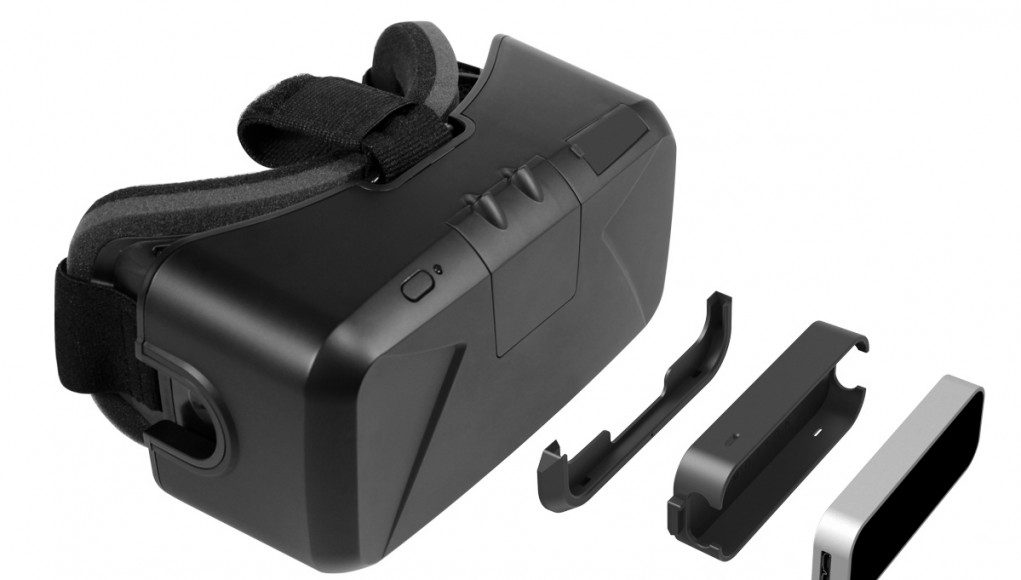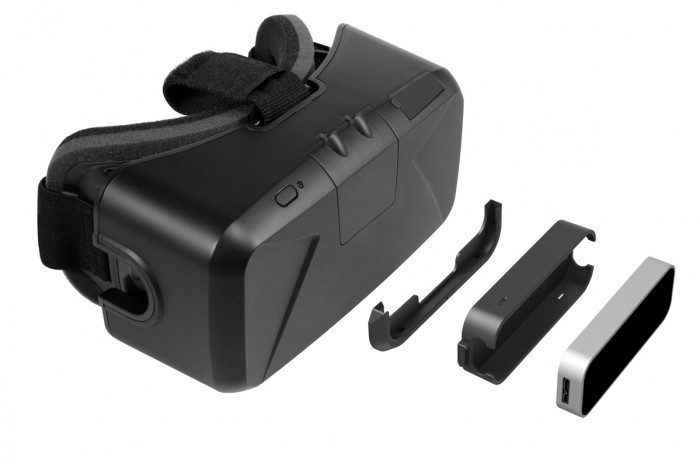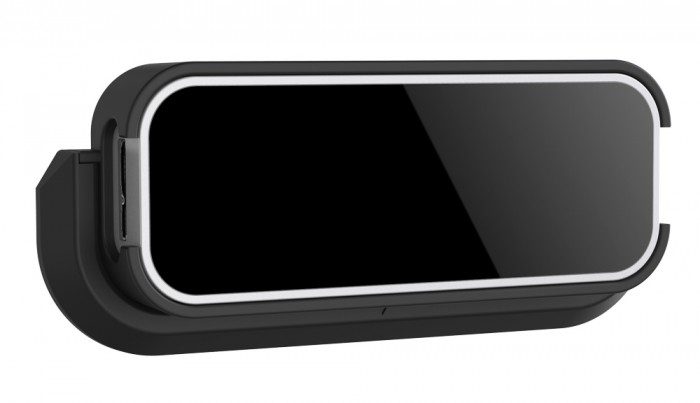Leap Motion creates a gesture camera for hand tracking input. The company has been progressively pivoting their technology toward virtual reality, and now appear to be going all-in on the emerging industry with a tease of a next-generation sensor, codenamed ‘Dragonfly’, along with a VR Mount for the Oculus Rift and VR-focused updates to the company’s SDK.
In an official blog post, titled ‘Leap Motion Sets a Course for VR‘, Leap Motion co-founder David Holz teases the company’s work on a next-gen sensor that’s designed to be built into VR headsets.
…I’d like to also give a hint of what we’re working on for the future. One prototype sensor that we’re beginning to show today (and will be giving out more information on in the future) is codenamed “Dragonfly.” Designed to be embedded by VR OEMs, Dragonfly possesses greater-than-HD image resolution, color and infrared imagery, and a significantly larger field of view.
With next-generation “mega-sensors” like this, a Leap Motion device can literally become your eyes into the digital and physical realms – allowing you to seamlessly mix and mash, fade and blend, between virtual environments and the sharpness of the real world.
The tease of the company’s VR-specific sensor comes amid news of a Leap Motion VR Mount made to attach the company’s current gesture camera to the front of the Oculus Rift. The VR Mount, which the company is now selling for $20, comes with everything needed to make it easy to attach the gesture camera to the DK1 or DK2. Doing so gives the users front-facing gesture camera capabilities, with the ability to track hand movements to be used as input for VR applications.
See Also: The Tantalizing Possibilities of an Oculus Rift Mounted Camera
When the Leap Motion is placed in the VR Mount, it blocks three of the Oculus Rift DK2’s 33 or so IR LEDs that are hidden under the front cover for use with positional tracking. The company says that “mounting the device doesn’t result in any issues with positional tracking to the best of our knowledge, since the DK2 actually has many more LEDs than necessary (which allows for experimental uses like this). We’ve used it successfully without encountering any problems.”
Since the release of the DK1, developers have been experimenting using the Leap and other gesture cameras mounted to the Oculus Rift using everything from rubber-bands and duct tape to 3D printed mounts.
See Also: Hands-on With Oculus Rift + Creative Depth Camera Cube Building Demo
 Leap Motion says that the field of view of the camera, at 135 degrees, surprasses that of the Oculus Rift. “Because our device’s field of view exceeds that of existing VR displays, you’ll find it can start to track your hands before you even see them,” says David Holz, co-founder of Leap Motion.
Leap Motion says that the field of view of the camera, at 135 degrees, surprasses that of the Oculus Rift. “Because our device’s field of view exceeds that of existing VR displays, you’ll find it can start to track your hands before you even see them,” says David Holz, co-founder of Leap Motion.
Accompanying the launch of the VR Mount is an update to the Leap Motion SDK which includes “massively improved ‘top-down tracking’ mode” that’s designed to allow hand-tracking from a VR headset-mounted vantage point. Normally, the Leap Motion is used facing up while sitting flat on a desk.
The company has a gallery of experiments developed for the Oculus Rift DK2 using the SDK’s new functionality.









